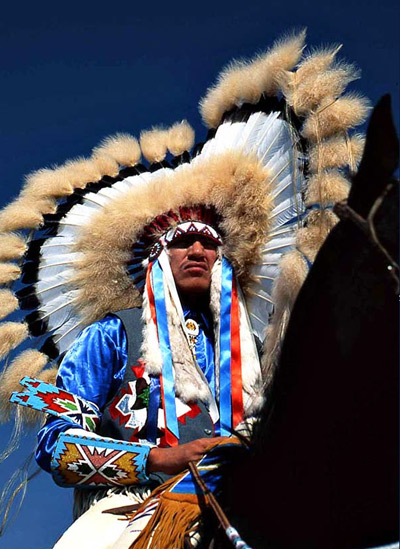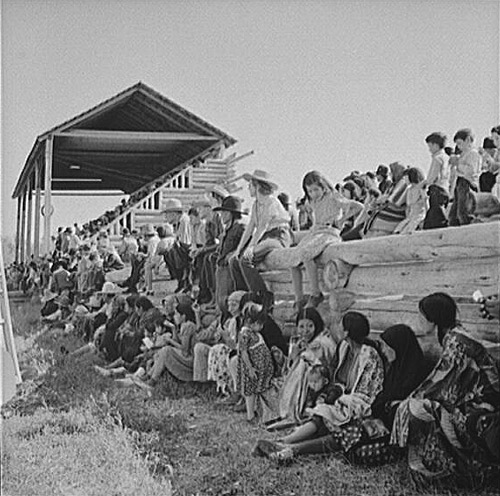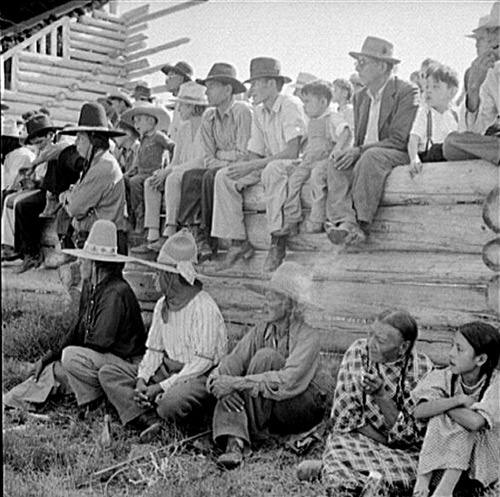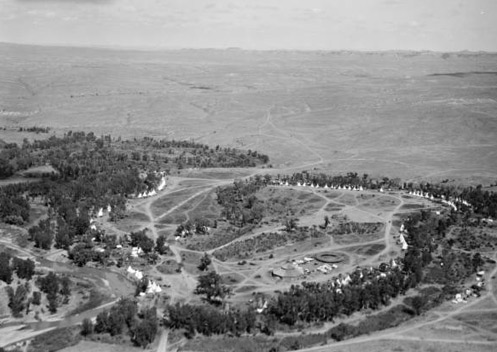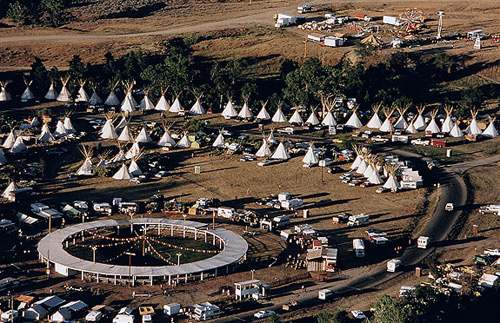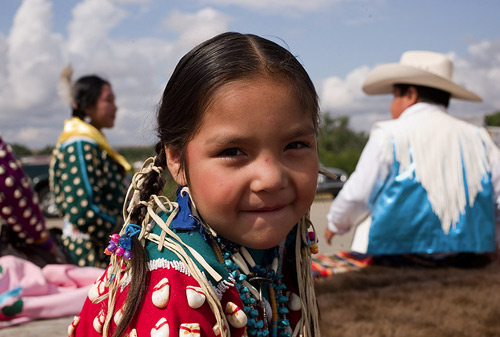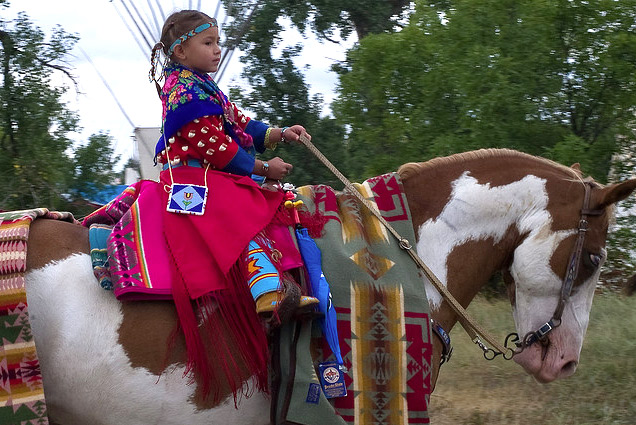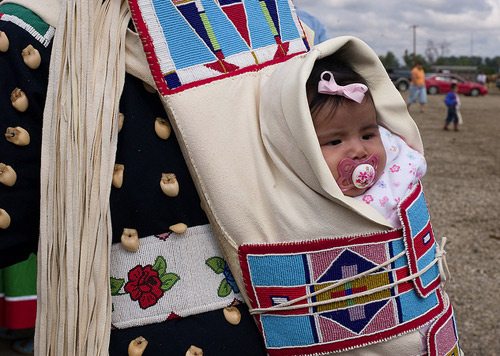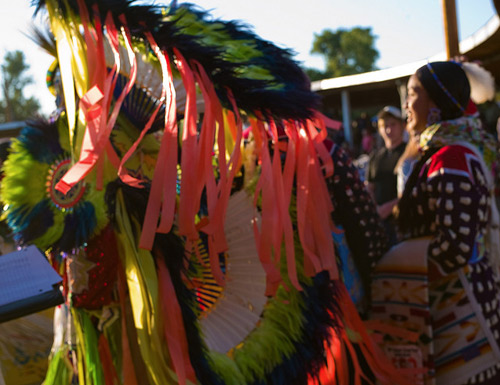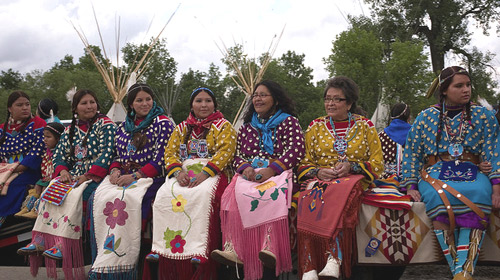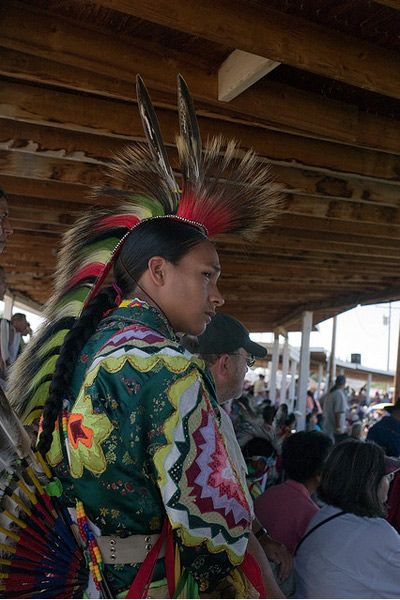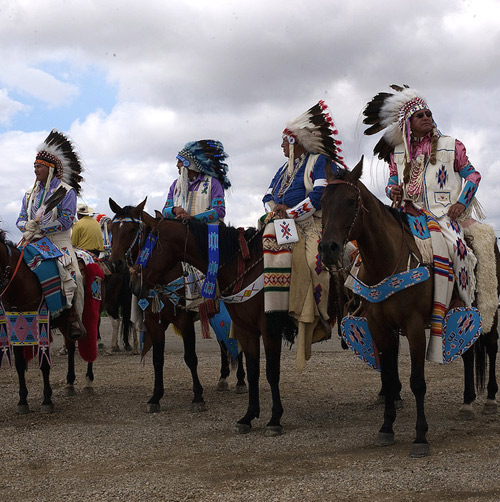Maynard Dixon Country 2011: An Artists’ Artist
 Monday, August 22, 2011 at 10:13PM Tweet
Monday, August 22, 2011 at 10:13PM Tweet By Donna Poulton
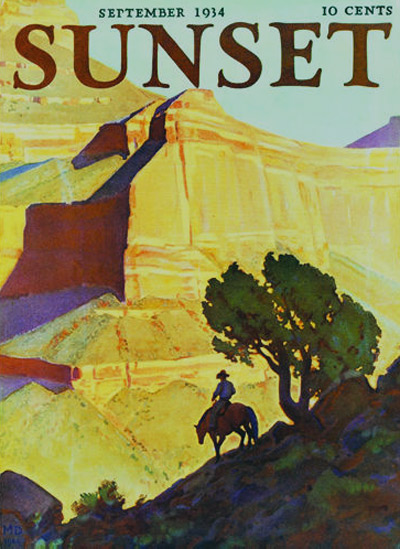 Credit: Sunset Magazine
Credit: Sunset Magazine
An artists’ artist, Maynard Dixon is one of the most important 20th century artists of the American West. During his life, many artists made the arduous journey to seek Dixon out at his southern Utah cabin in Mt. Carmel.
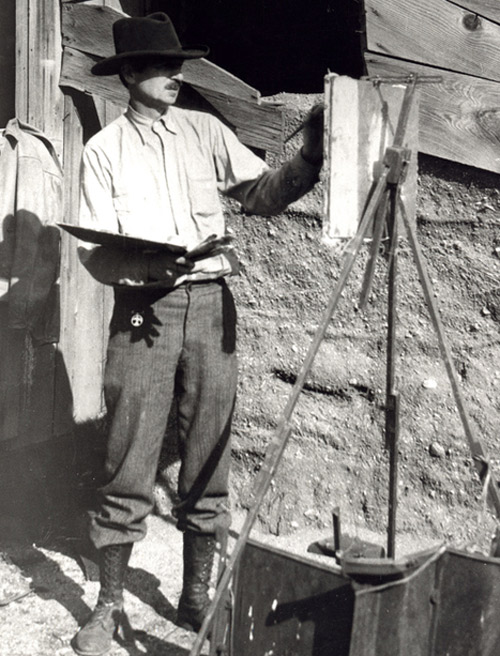 Credit: Image public domain
Credit: Image public domain
Conrad Buff, Jimmy Swinnerton, Milford Zornes and Emil Kosa are just a few who spent weeks painting the enormous scenery around Zion while staying with Dixon.
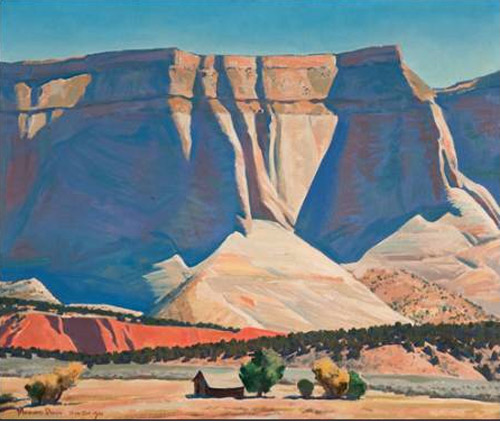 “Sculptured Sandstone,” Maynard Dixon. Credit: The Coeur D’ Alene Art Auction
“Sculptured Sandstone,” Maynard Dixon. Credit: The Coeur D’ Alene Art Auction
Dixon created well over 200 paintings of the area, beginning with his first visit to Zion in 1933. He returned to southern Utah often and ultimately built a cabin in 1939 in one of the most scenic areas of the state.
Credit: Photograph by Merrit Stites (c)
Shortly before he died in 1945, he wrote a poem, which reads in part: “At last, I shall give myself to the desert again….Broadcast over the sun-land.” Because of this poem his ashes were scattered on the hill above his beautiful cabin.
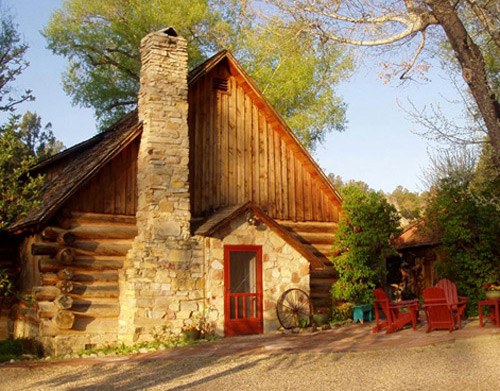 Maynard Dixon’s Cabin. Image courtesy of Bingham Gallery
Maynard Dixon’s Cabin. Image courtesy of Bingham Gallery
In 1998, Susan and Paul Bingham bought Maynard Dixon’s acreage and cabin and restored it. It is now on the National Registry of Historic Places and was featured in Architectural Digest in 2001.
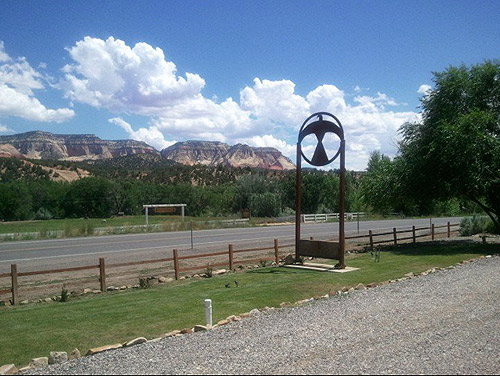 Credit: Bingham Gallery
Credit: Bingham Gallery
In the tradition and spirit of Dixon’s hospitality to artists and his encouragement of their work, Susan and Paul Bingham founded Maynard Dixon Country, an annual event for which artists are invited from throughout the U.S. to paint the southern Utah landscape en plein air, and to compete for a number of awards. Invitations for the week long event are among the most highly sought after in the country.
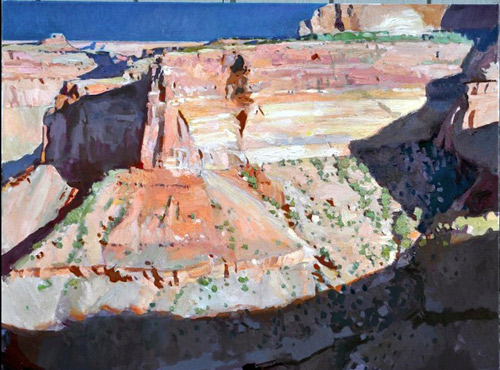 Painting by Ray Roberts. Credit: Bingham Gallery
Painting by Ray Roberts. Credit: Bingham Gallery
In many ways Dixon was ahead of his time. None before him understood the brute grace of the stylized forms of the West as well as he did. He painted isolated motifs of great boldness in an inherently modern landscape. The artists painting at Maynard Dixon country are among the best in the country and they are up to the challenge.
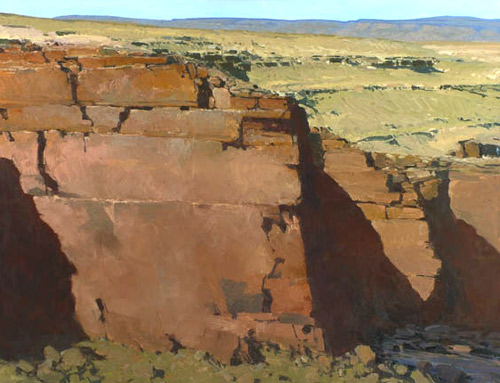 “Cliff Hanger”by Len Chmiel. Credit: Bingham Gallery
“Cliff Hanger”by Len Chmiel. Credit: Bingham Gallery
The big names attending this year include: Matt Smith, Skip Whicomb, Ray Roberts, Dan Young, Len Chmiel, Kate Starling, Charles Muench, Bonnie Posselli, Jermy Lipking, Kathryn Stats, Dan Pinkham, Ron Rencher, Russell Case and many more.
At the end of the week, artists sell their en plein air canvases along with finished studio work.
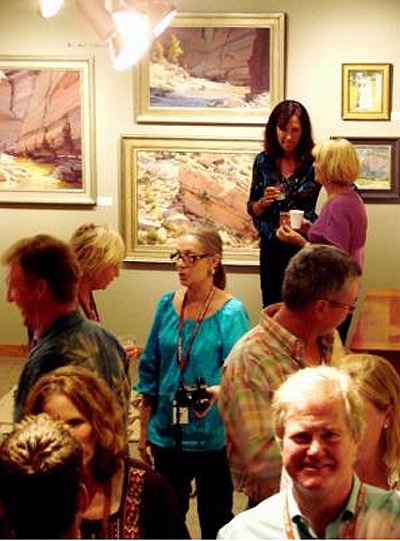 Credit: Bingham Gallery
Credit: Bingham Gallery
You’ll want to be on hand from 26 – 28 August for: The Symposium, “Finding your own Voice,” with Bonnie Posselli and Kathryn Stats; the Wet Painting Show & Sale; and the second Symposium “Child of Giants” a documentary about Maynard Dixon and Dorothea Lange.
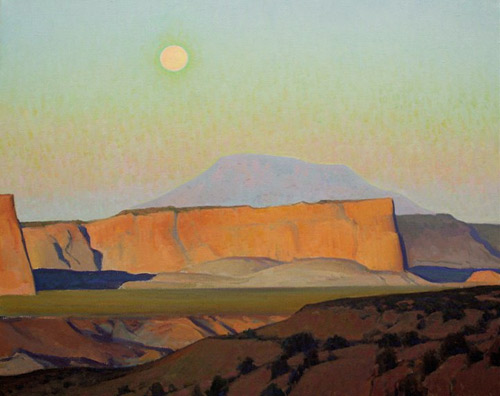 "Overture" by Glenn Dean. Credit: Bingham Gallery
"Overture" by Glenn Dean. Credit: Bingham Gallery
On the evening of the 27th, there is a Gala Reception on the front lawn of Maynard Dixon’s home. Check the website at The Thunderbird Foundation for the Arts or call: 435.648.2653 for more information.
A sneak peak at just two of the finished easel works available this year.
 Painting "Puesta del sol de Los Muertos," by Jeremy Lipking. Credit: Paul Bingham
Painting "Puesta del sol de Los Muertos," by Jeremy Lipking. Credit: Paul Bingham
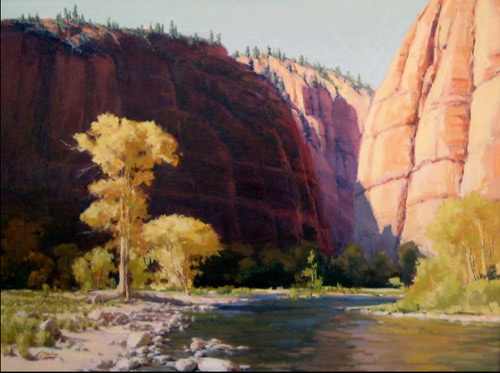 Painting by Kate Starling. Credit: Paul Bingham
Painting by Kate Starling. Credit: Paul Bingham

